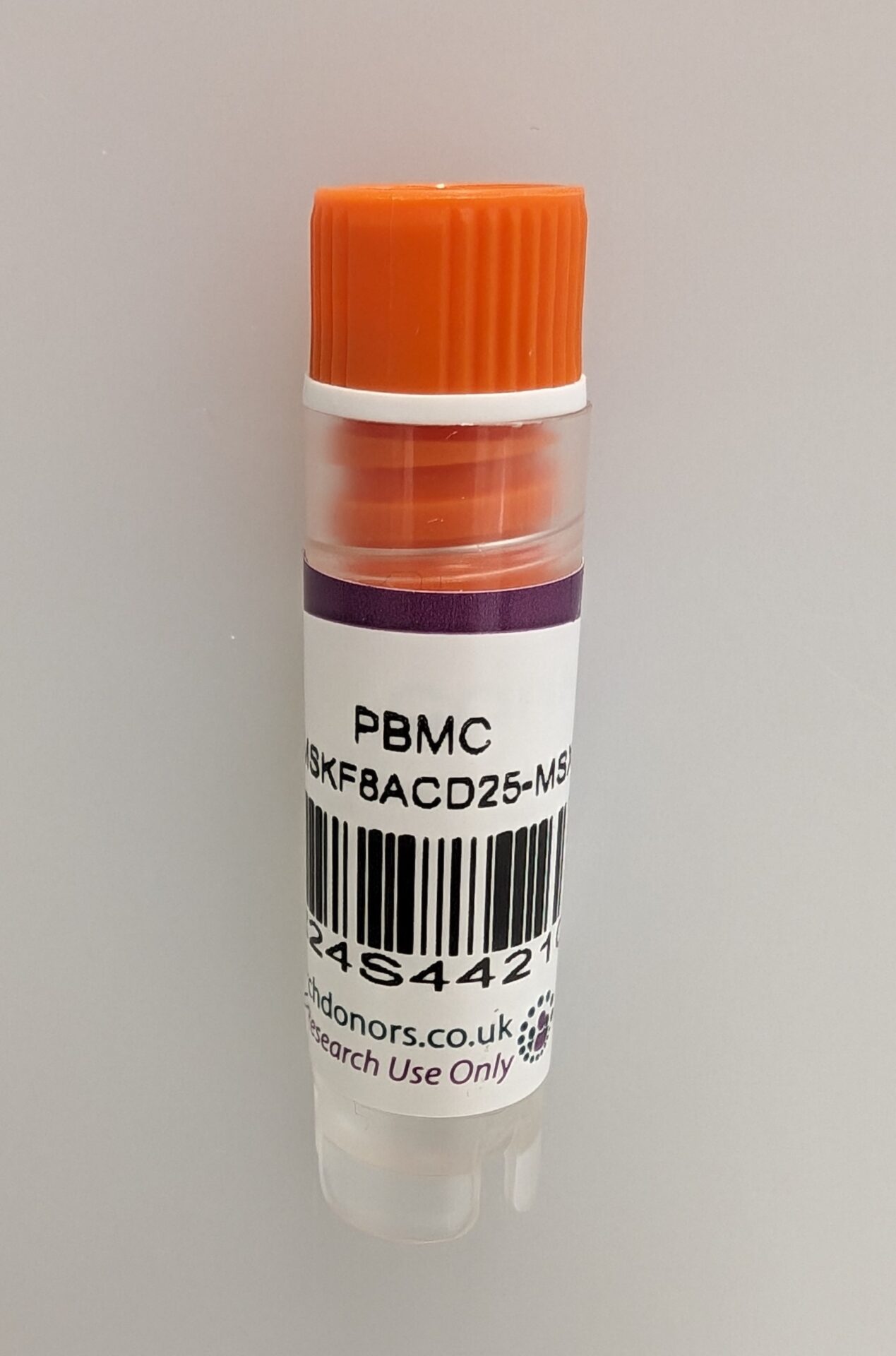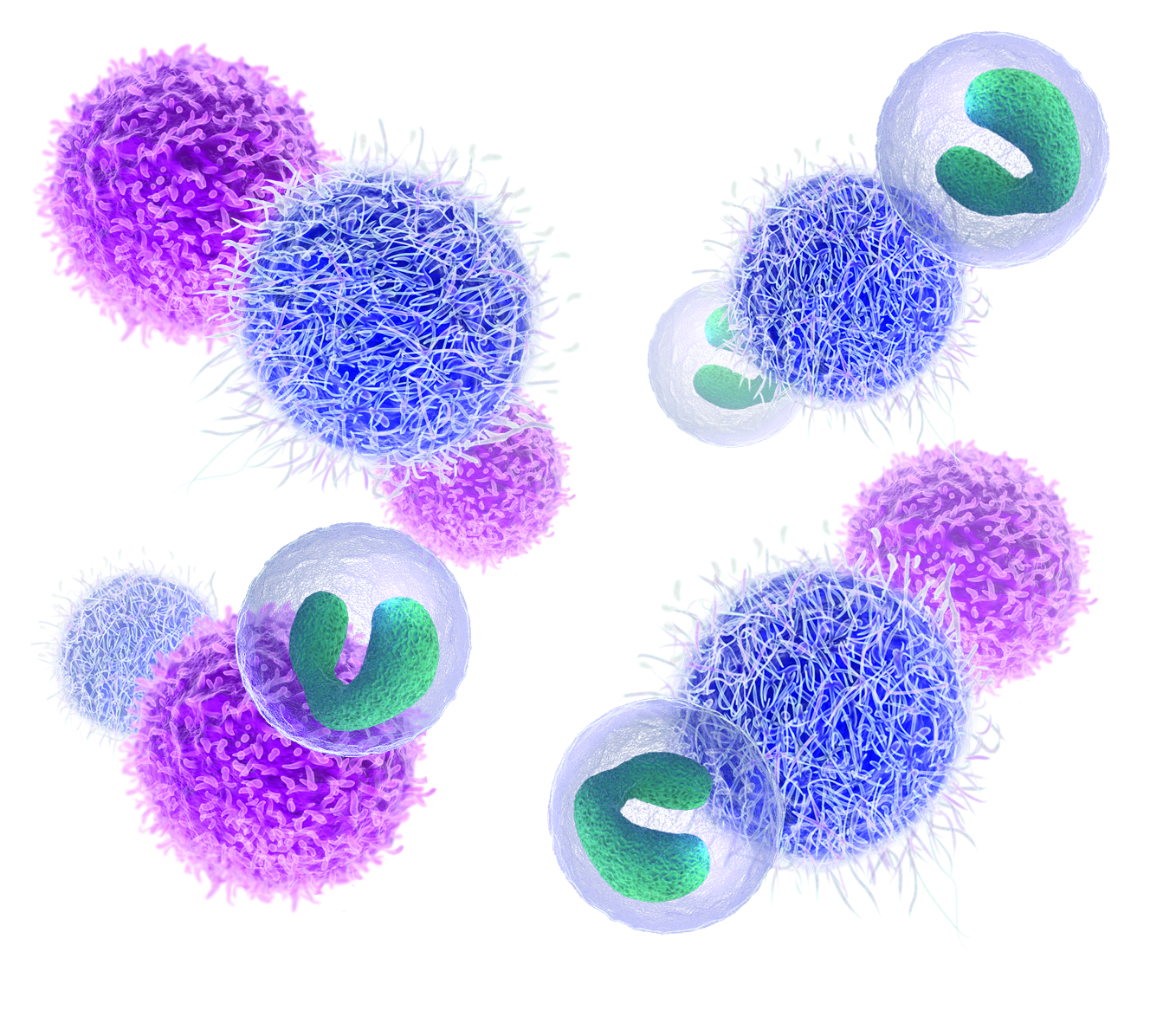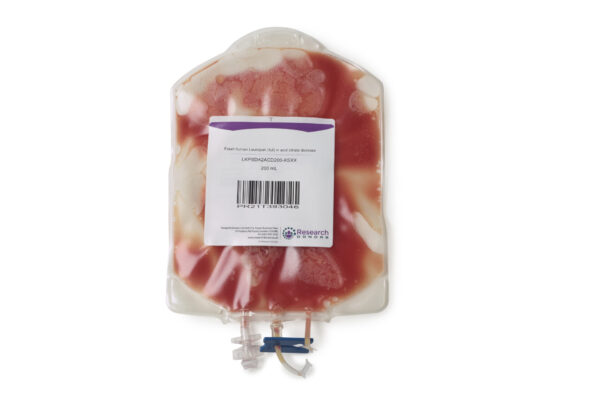Fresh vs Frozen Human PBMCs: A Comparative Guide
 In many research areas, studying human peripheral blood mononuclear cells (PBMCs) is essential for understanding immune responses. PBMCs are a diverse group of white blood cells, including lymphocytes (T cells, B cells, and natural killer cells), monocytes, and dendritic cells, each contributing to immune defense. A central decision in research planning is whether to use fresh or frozen PBMCs. This blog explores factors researchers should consider when choosing between these options.
In many research areas, studying human peripheral blood mononuclear cells (PBMCs) is essential for understanding immune responses. PBMCs are a diverse group of white blood cells, including lymphocytes (T cells, B cells, and natural killer cells), monocytes, and dendritic cells, each contributing to immune defense. A central decision in research planning is whether to use fresh or frozen PBMCs. This blog explores factors researchers should consider when choosing between these options.
PBMCs: Key Players in Immune Research
PBMCs are derived from hematopoietic stem cells in the bone marrow and are typically isolated from peripheral blood. As integral components of the immune system, PBMCs engage in various immune functions, such as antigen presentation, cytokine production, and cytotoxicity. These cells are crucial in research fields like immunology, infectious disease, hematological malignancies, vaccine development, and immunotherapy, advancing our understanding and treatment of diseases.
In life sciences, PBMCs are used fresh or frozen based on the needs of each experiment. Each option has distinct advantages and drawbacks, and researchers should assess which is most appropriate for their applications. Below, we explore the benefits and limitations of each choice.
Fresh vs Frozen PBMCs
Fresh PBMCs
Fresh PBMCs are advantageous for immediate studies due to higher viability and intact cellular function. When processed promptly—ideally within 8 to 24 hours of blood collection—fresh PBMCs retain optimal cell integrity, reducing the risk of degradation. However, fresh samples can be challenging to work with if there is a significant time delay between collection and processing, as cell viability diminishes with time.
Advantages:
- Higher Viability: Fresh PBMCs retain their cellular function and viability more effectively, avoiding the freeze-thaw cycle that can compromise cells.
- Optimal Cellular Integrity: Short processing times after collection help maintain cellular functions crucial for experiments requiring highly responsive cells.
Limitations:
- Logistics-Dependent: Fresh samples are only viable when processed quickly, often limiting their use to researchers close to collection sites.
- Short Shelf Life: Fresh PBMCs must be used immediately, demanding careful logistical planning to avoid delays that may reduce sample quality.
Frozen PBMCs
Frozen PBMCs offer unique benefits, particularly for long-term storage and transport. Cryopreservation enables researchers to store PBMCs for extended periods, making it easier to coordinate experiments over time and across distances. While the freeze-thaw process can impact cell viability and composition, advancements in cryopreservation media and freezing protocols help mitigate these effects.
Advantages:
- Convenient Storage and Transport: Frozen PBMCs can be stored in cryopreservation media and shipped over long distances, allowing flexibility in experiment timing and location.
- Extended Shelf Life: Frozen PBMCs can be preserved for future studies, ideal for longitudinal research or when large sample quantities are required over time.
- Retention of Phenotype and Function: Despite freeze-thaw effects, many frozen PBMCs retain their phenotype and functionality, making them suitable for studies of immune cell subsets and responses.
Limitations:
- Potential Loss in Viability and Composition: Freeze-thaw processes may impact cell viability and alter certain cellular characteristics, affecting experimental outcomes if not carefully managed.
- Cryopreservation Requirements: Effective cryopreservation requires optimized freezing protocols and storage media to minimize cell damage.
Importance of Cryopreservation Solutions and Controlled-Rate Freezing
The process of freezing PBMCs is delicate, as it directly impacts cell viability and function. Using effective cryopreservation solutions and controlled-rate freezing techniques is crucial to preserving the integrity of frozen PBMCs for experimental use.
- Cryopreservation Solutions: Effective cryopreservation media typically include cryoprotectants, which help prevent ice crystal formation within cells. Ice crystals can damage cell membranes and organelles, leading to loss of cell viability and altered functionality. Properly formulated cryopreservation solutions ensure that cells maintain their structure and function upon thawing.
- Controlled-Rate Freezing: Rapid freezing can cause osmotic shock and intracellular ice formation, damaging the cells. In contrast, controlled-rate freezing gradually reduces the temperature, allowing water to exit the cells before freezing and minimizing ice formation within the cell structure. This process reduces cell stress and helps maintain cellular integrity, ensuring that PBMCs retain their viability and phenotype after thawing.
- Post-Thaw Viability: Optimized freezing and thawing protocols improve post-thaw cell recovery, reducing cell death and maximizing the number of viable cells for experiments. This aspect is especially important in studies that require large cell numbers or specific immune cell subsets.
By using cryopreservation solutions and controlled-rate freezing, it is possible to store PBMCs for extended periods without compromising their quality. These methods also make frozen PBMCs more comparable to fresh samples, allowing for a more consistent and reliable data set across studies.
Comparative Analysis: Fresh vs Frozen
Optimal Viability: Fresh PBMCs typically show higher viability than frozen ones when processed promptly, within 8 to 24 hours of collection. For experiments requiring high cell viability and functionality, fresh PBMCs may be preferable. However, for studies where processing delays are unavoidable, frozen PBMCs provide a viable alternative, as their viability is less impacted by transit time.
Freeze-Thaw Considerations: Freezing and thawing can reduce the overall number of viable cells and alter cell composition, potentially impacting functionality. Rate-controlled freezing and appropriate cryopreservation media are critical to maintaining cell integrity post-thaw. Researchers should consider how these effects might influence their data, especially in experiments requiring specific cell subsets or high sensitivity.
Convenience in Logistics: Frozen PBMCs are advantageous for research facilities that lack immediate access to fresh samples or need to store large numbers of cells for future use. Their flexibility makes them ideal for studies with complex logistics, as they can be processed and analyzed when convenient.
Consistency in Long-Term Studies: For longitudinal research, frozen PBMCs allow researchers to work with a stable cell source over extended periods, maintaining consistency in sample type and quality. This aspect is particularly valuable in studies analyzing immune response changes over time.
Conclusion
The choice between fresh and frozen PBMCs should be guided by experimental requirements, logistical considerations, and the need for cell viability and functionality. Fresh PBMCs are suitable for immediate use and applications demanding high responsiveness, while frozen PBMCs provide flexibility in timing, storage, and accessibility, retaining essential characteristics for most studies. Effective cryopreservation and controlled-rate freezing enhance the quality of frozen PBMCs, making them a viable alternative to fresh cells in many research applications.
PBMCs from Research Donors
Research Donors is a UK-based, HTA-licensed company specializing in human blood biospecimen collection for life science research. We offer both fresh and frozen PBMCs, along with other blood products like whole blood, leukopaks, plasma, and serum.
Our frozen PBMCs, processed within five hours of collection, using best in market cryopreservation solutions and controlled-rate freezing protocols. These are available to order through our large online inventory.
Most PBMCs come from HLA-typed leukapheresis donations, and we provide customizable options to meet exact research needs.






